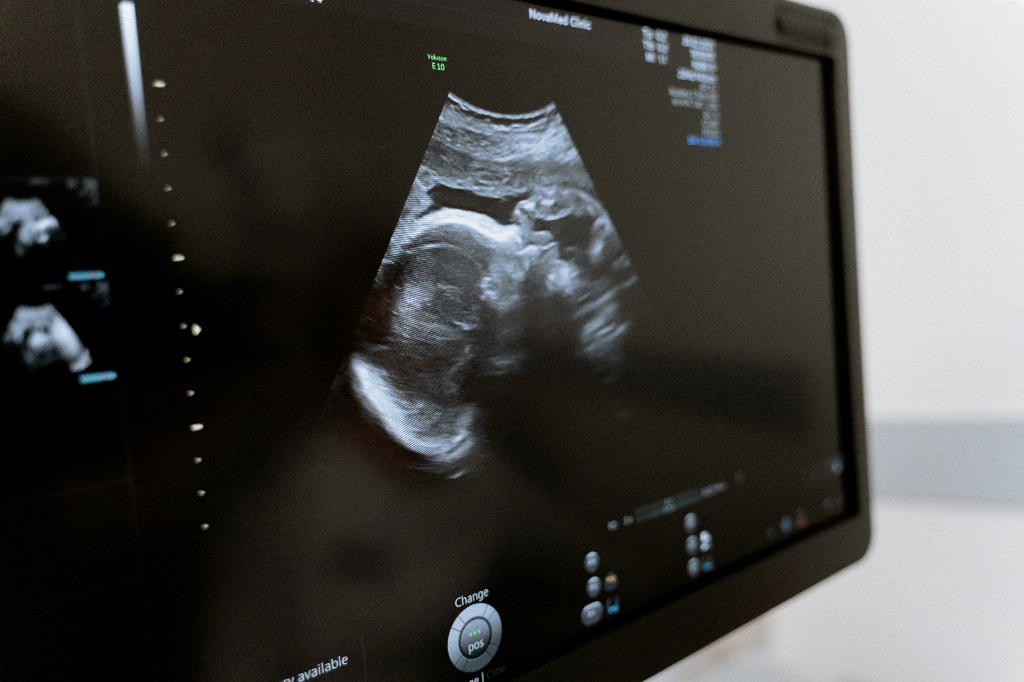When it comes to determining the level of hCG in a chemical pregnancy, it’s essential to consider the range typically associated with this early pregnancy loss. A chemical pregnancy is a term used to describe a very early miscarriage that occurs before the pregnancy is visible on an ultrasound. During a chemical pregnancy, hCG levels may rise initially but then fall rapidly, leading to a negative pregnancy test result.
One crucial aspect to consider is the hCG threshold that may indicate a chemical pregnancy. Typically, hCG levels in a chemical pregnancy can range from 1500 to 2000 IU/mL. It’s important to note that hCG levels can vary widely among individuals, and a single hCG measurement may not provide a definitive diagnosis of a chemical pregnancy.
At hCG levels of 1500-2000 IU/mL, healthcare providers may suspect a chemical pregnancy, but further monitoring and testing are usually required to confirm the diagnosis. In some cases, these levels may also be indicative of a tubal abortion, which is a type of miscarriage that occurs in the fallopian tube.
It’s crucial to understand that hCG levels alone cannot always determine the specific pregnancy outcome. Other factors, such as ultrasound findings and clinical symptoms, play a significant role in diagnosing a chemical pregnancy. Therefore, healthcare providers may need to conduct additional tests and examinations to reach an accurate conclusion.
While hCG levels within the 1500-2000 IU/mL range may raise suspicion of a chemical pregnancy, it’s essential to approach the diagnosis with caution. Miscarriages, including chemical pregnancies, can be emotionally challenging for individuals and couples, and sensitive and compassionate care is paramount during this time.
Patients experiencing a chemical pregnancy may exhibit symptoms such as vaginal bleeding, cramping, and a sudden decrease in pregnancy symptoms. It’s essential for individuals to seek medical attention if they suspect they may be experiencing a chemical pregnancy or any type of pregnancy loss.
Discussing concerns and emotions with a healthcare provider can help individuals navigate the complexities of a potential chemical pregnancy. Open communication and personalized care are essential in providing support and guidance to individuals facing this challenging situation.
Support systems, including mental health resources and support groups, can be invaluable for individuals coping with the emotional impact of a chemical pregnancy. Seeking help and connecting with others who have experienced similar situations can foster a sense of understanding and community during a difficult time.
It’s essential for individuals to prioritize self-care and emotional well-being during and after a chemical pregnancy. Engaging in activities that promote relaxation and self-nurturing can aid in the healing process and help individuals navigate their emotional journey following a pregnancy loss.
Ultimately, understanding the implications of hCG levels in the context of a chemical pregnancy involves a holistic approach that considers both the medical aspects and the emotional well-being of individuals. By acknowledging the complexities of pregnancy loss and offering compassionate care, healthcare providers can support individuals through this challenging experience.
In conclusion, while hCG levels in the range of 1500-2000 IU/mL may raise suspicion of a chemical pregnancy, a definitive diagnosis requires comprehensive evaluation and consideration of multiple factors. Empathy, communication, and personalized care are crucial in guiding individuals through the emotional and medical aspects of a chemical pregnancy and supporting their overall well-being.

